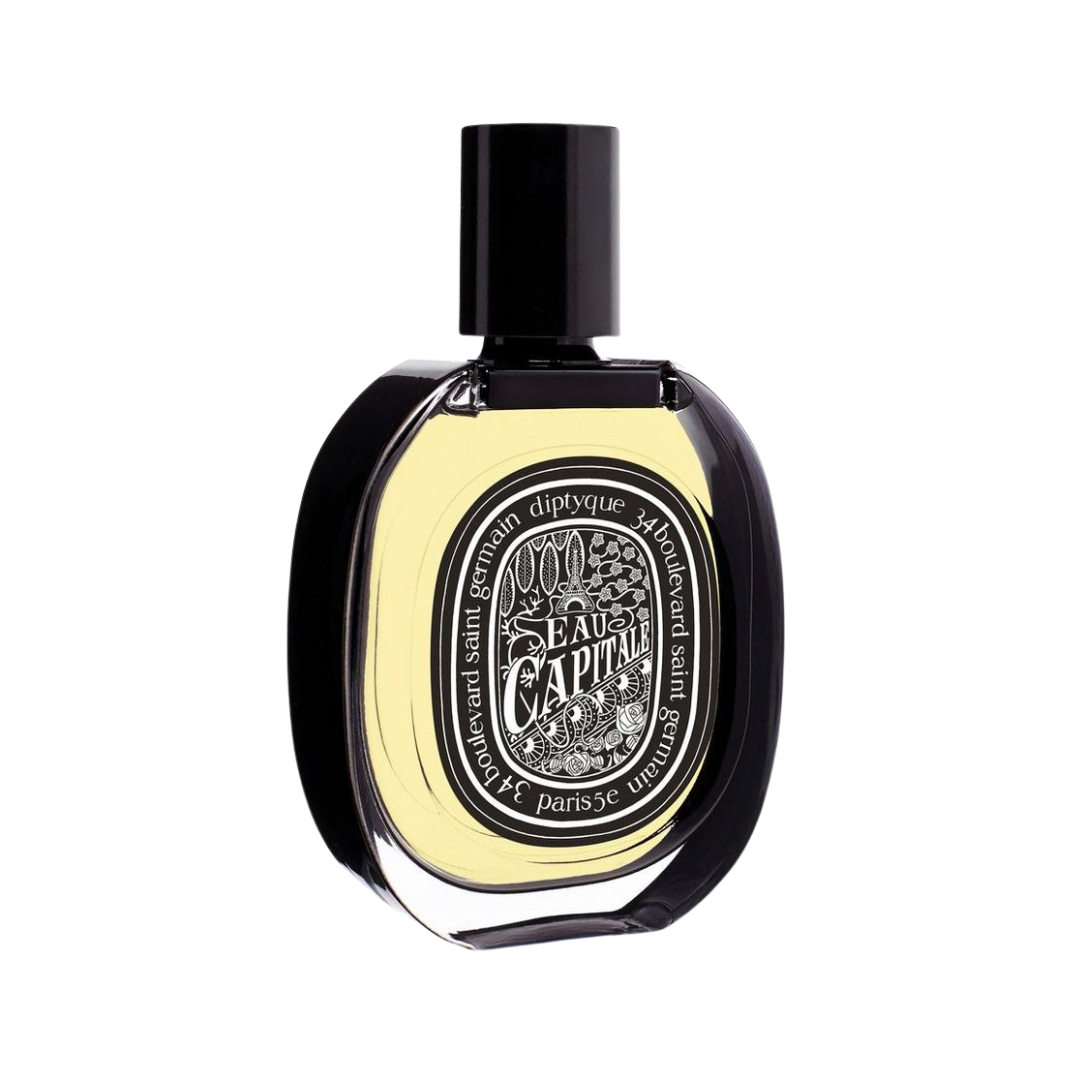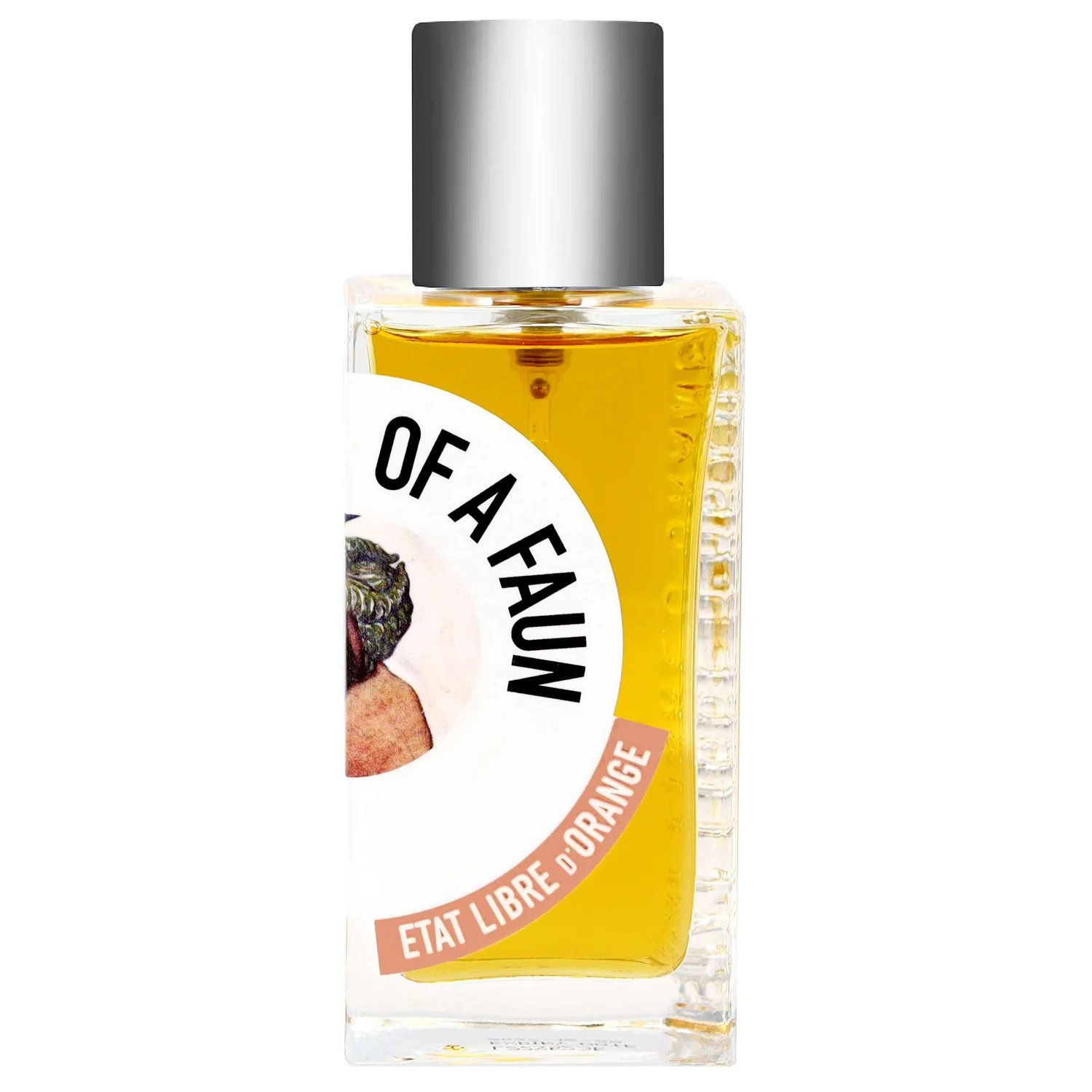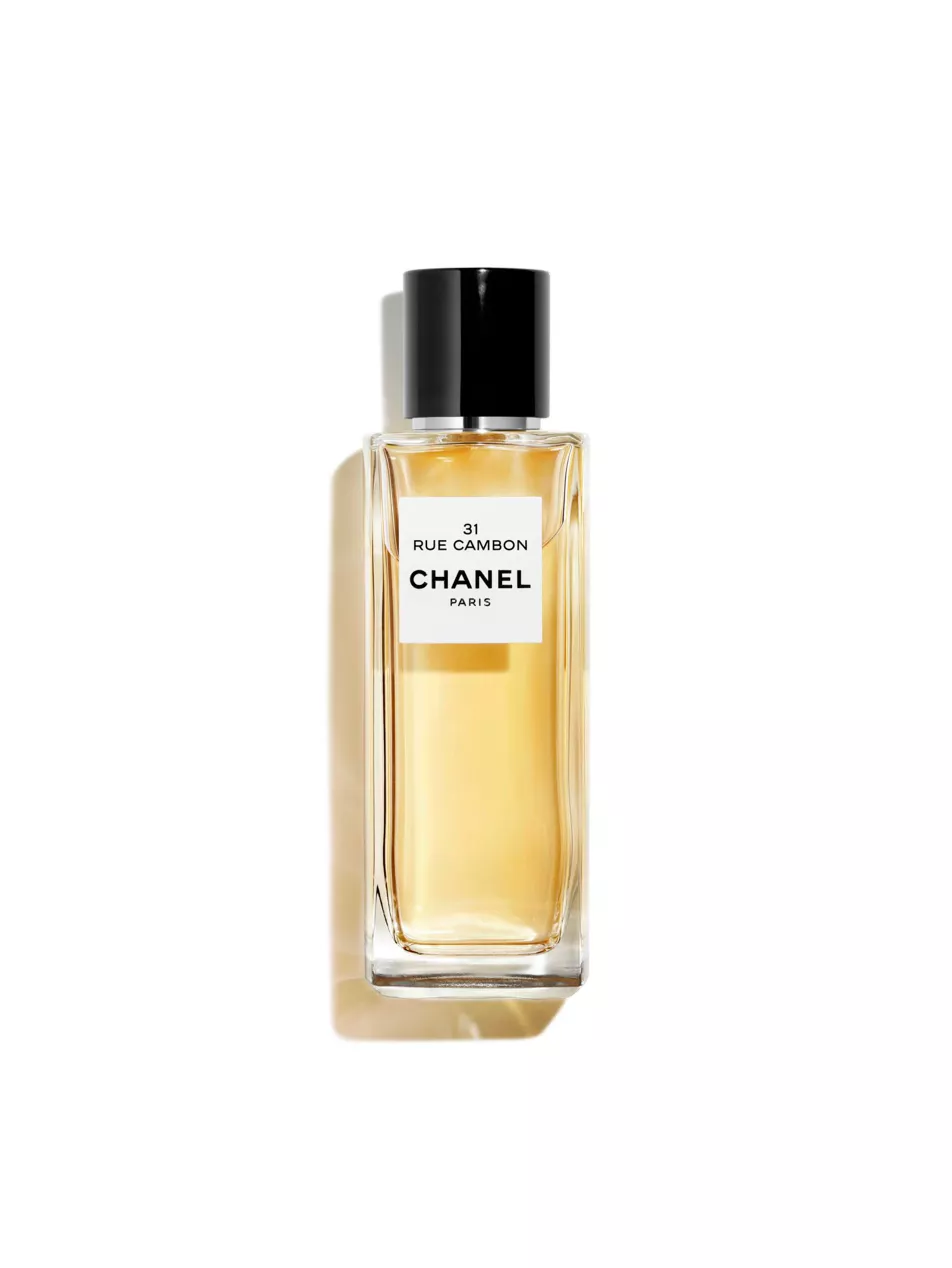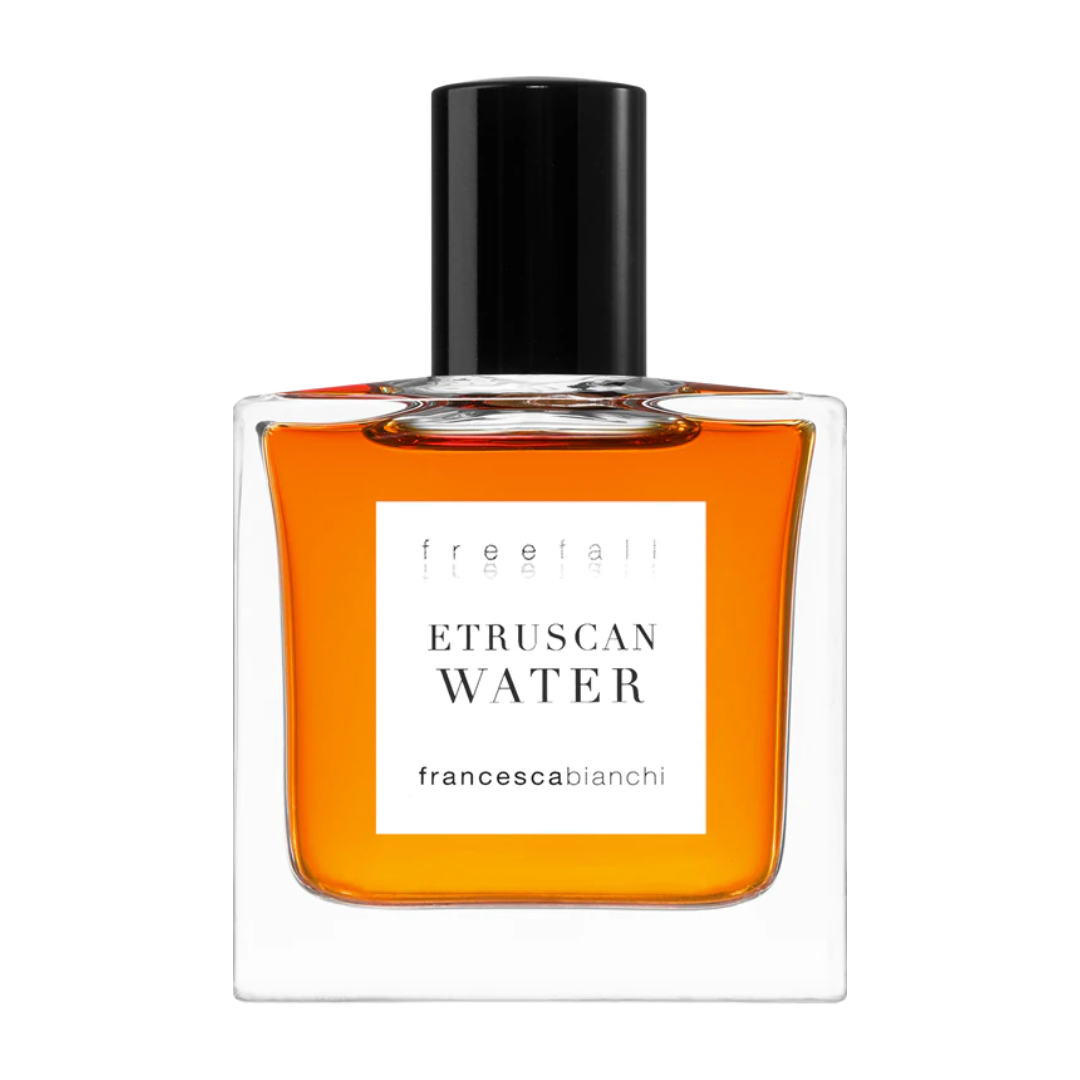If You Love Smelling Elegant and Sophisticated, Then Get to Know These Modern-Day Chypre Scents
The accord is an icon for a reason
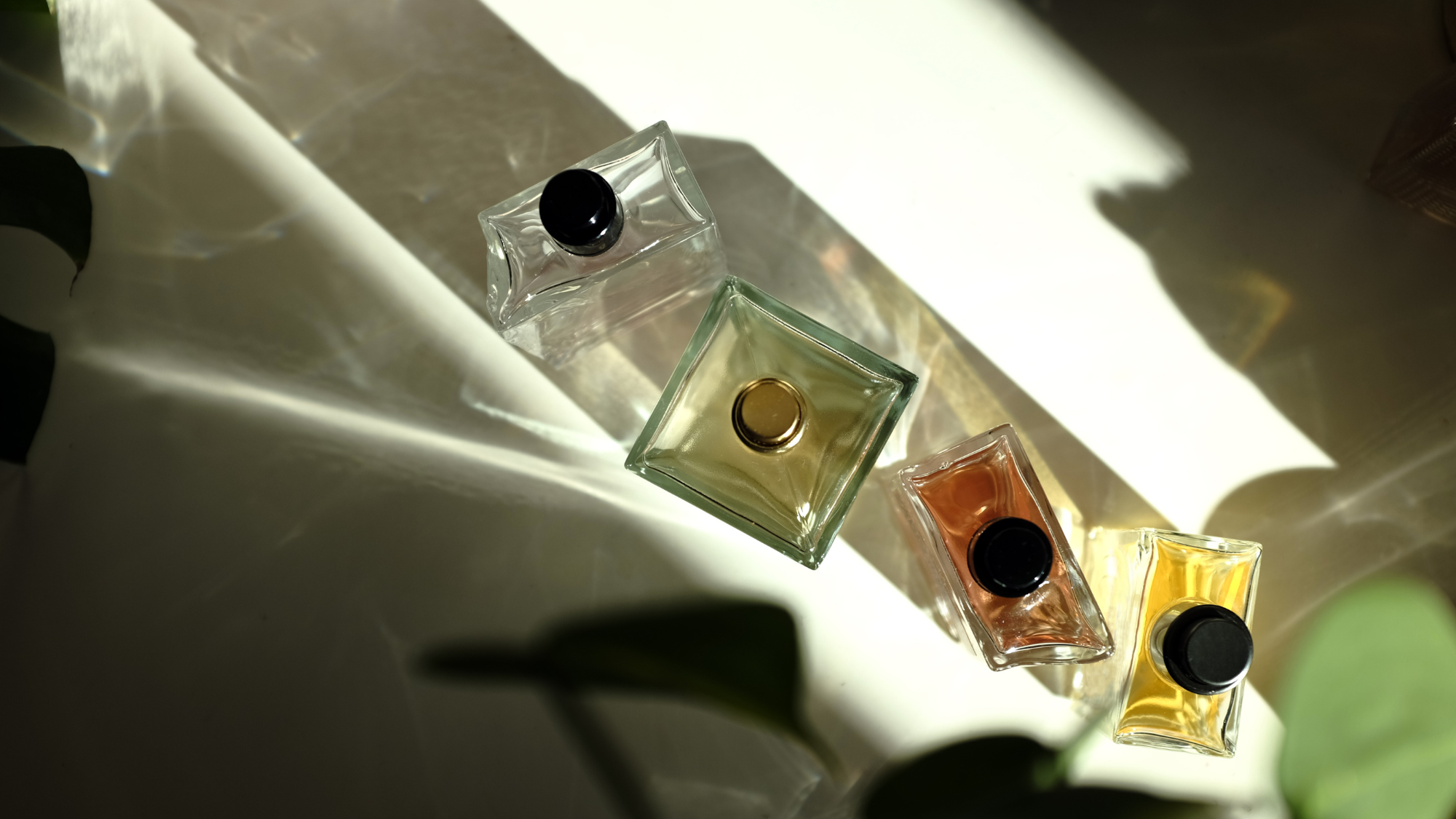

It doesn't get more classical than a chypre fragrance. The scent profile has remained an enduring icon within the fragrance space since it was used by perfumer François Coty in his 1917 scent, Chypre.
Warm, dry and inherently sophisticated, the accord is defined by the contrast between fresh, citrus top notes and a rich, earthy and woody base—usually comprised of bergamot, oakmoss, patchouli, and labdanum. "It’s a composition built on tension, where the opposing characteristics of the top and base notes are in perfect balance," says Cherry Cheng, the founder of niche perfume brand Jouissance. "It’s the perfect balance between radiance and shadow, the ethereal and the earthy. A chypre always carries a hint of drama, an elegant tug-of-war, like the tension of desire. It feels more cerebral and sexier than a pretty soliflore or a warm, sensuous amber composition."
For Tomáš Ric, founder of Prague-based perfume house Pigmentarium, the chypre is an unescapable olfactory accord. "It’s like a fine wine or a cashmere sweater—you learn to appreciate its quality over time. I often see it with our clients: they might start with something fresh, citrusy, or gourmand, but as their taste matures, they’re drawn deeper into the world of niche perfumery. That’s the magic of chypre—it carries a quiet sense of luxury, refinement, and belonging among those who truly know."
While it's often considered "old-fashioned", both fragrance experts explain that the chypre is constantly being re-invented. Indeed, modern takes on the structure tend to be popular. Regarding what makes a good one, Ric explains that restraint and respect for contrast are key, as is "The courage to strip away nostalgia and reveal the raw structure underneath". He adds: Modern chypres often replace moss with mineral or smoky accords, use synthetic musks instead of animalic notes, and play with transparency—yet they still honour the precise geometry of the original form."
Ahead, our favourite, refreshingly modern takes on the chypre.
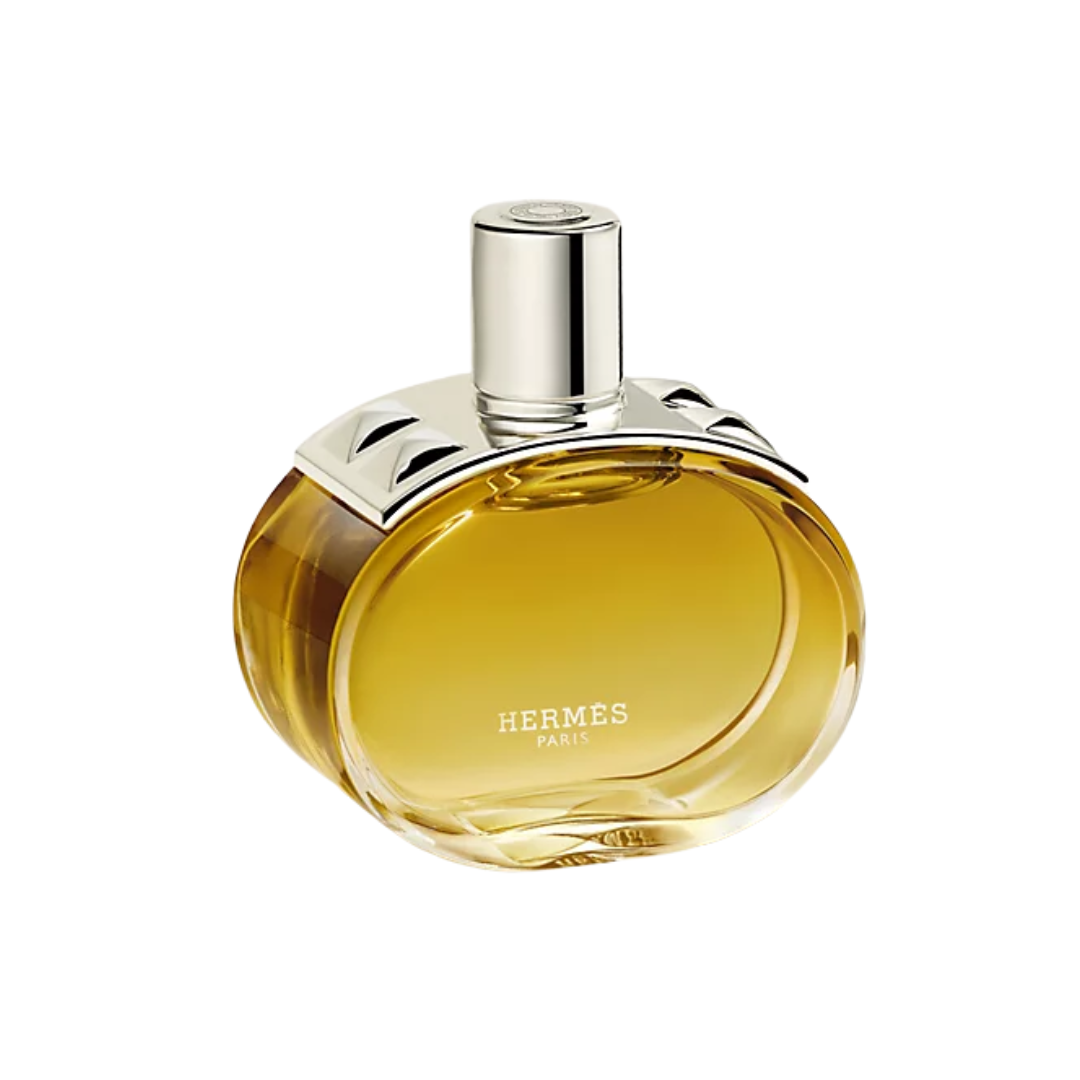
Barénia Intense recreates the classic chypre structure, with a twist. Soft butterfly lily and oakwood mingle before its namesake leather comes to the fore. Grounding it all is patchouli absolute. This fragrance is deeply classical at its core, but still feels fresh—I love it for any occasion.
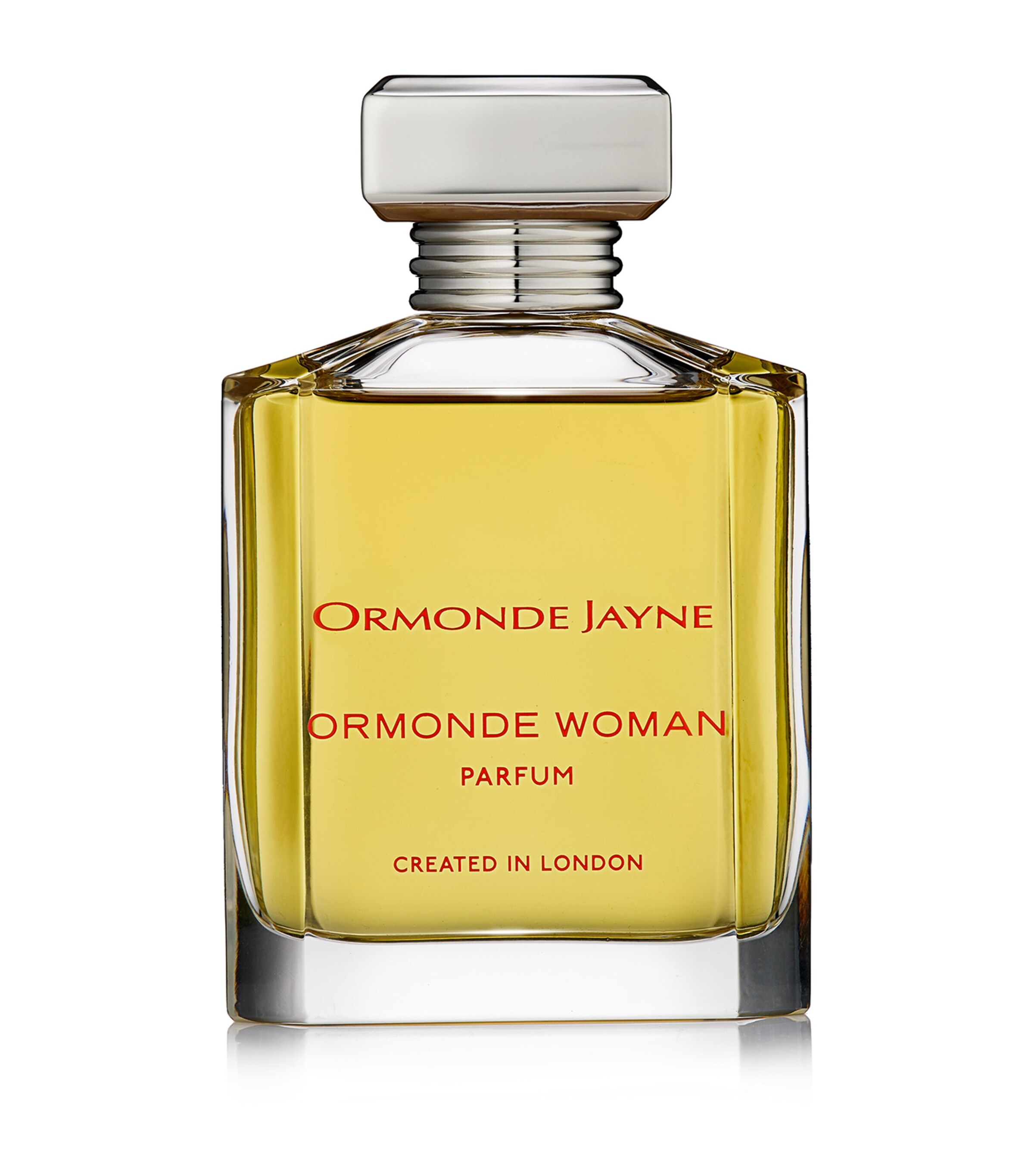
Ormonde Jayne has a cult following for a reason, and their namesake perfume for women is a necessary addition to any perfume aficionado's collection. This chypre scent begins and ends with a hefty dose of rare Black Hemlock absolute, and is rounded out by aromatic jasmine and violet. It's rich and downright seductive.
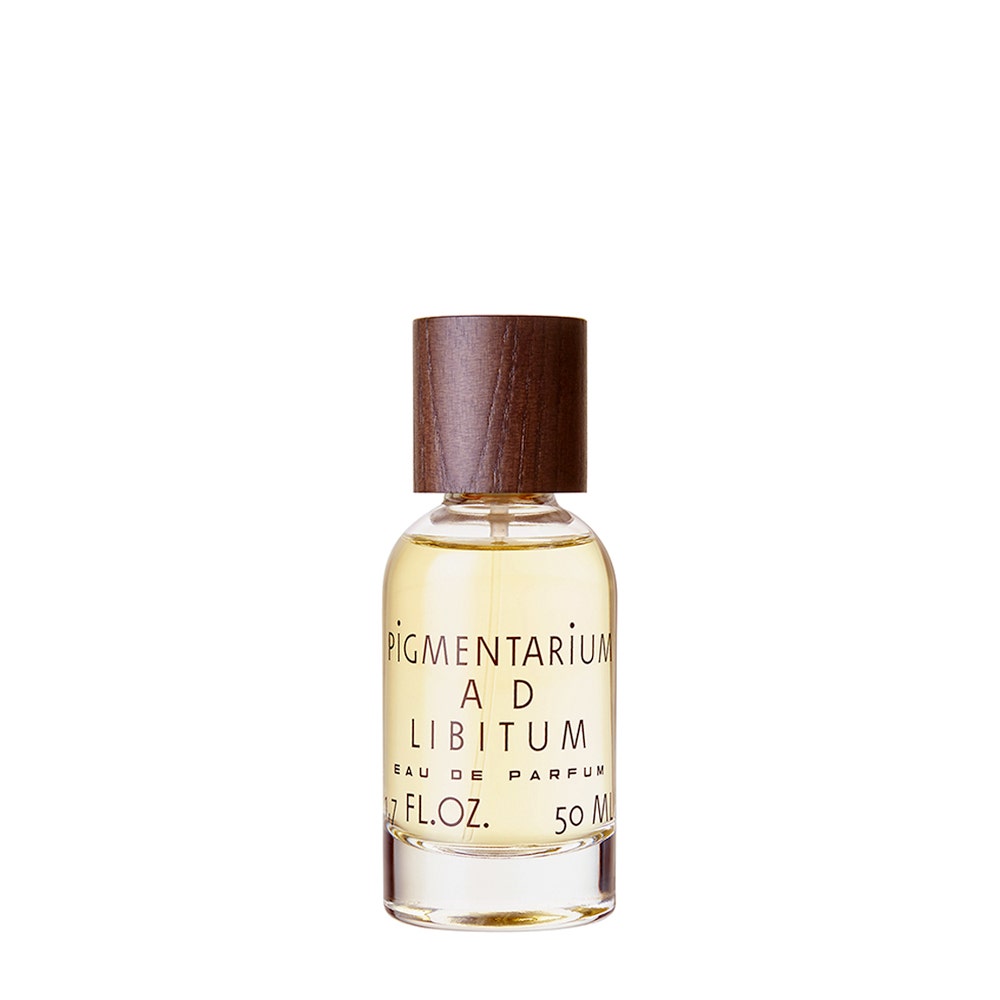
Pigmentarium's very first scent was, in fact, centred around the accord in question. Ric describes it as "A classical chypre structure shaped with clean aldehydes, tangerine, and ultra-dry cedarwood. It feels like walking through Prague’s historical centre in a new piece of clothing you’ve long desired."
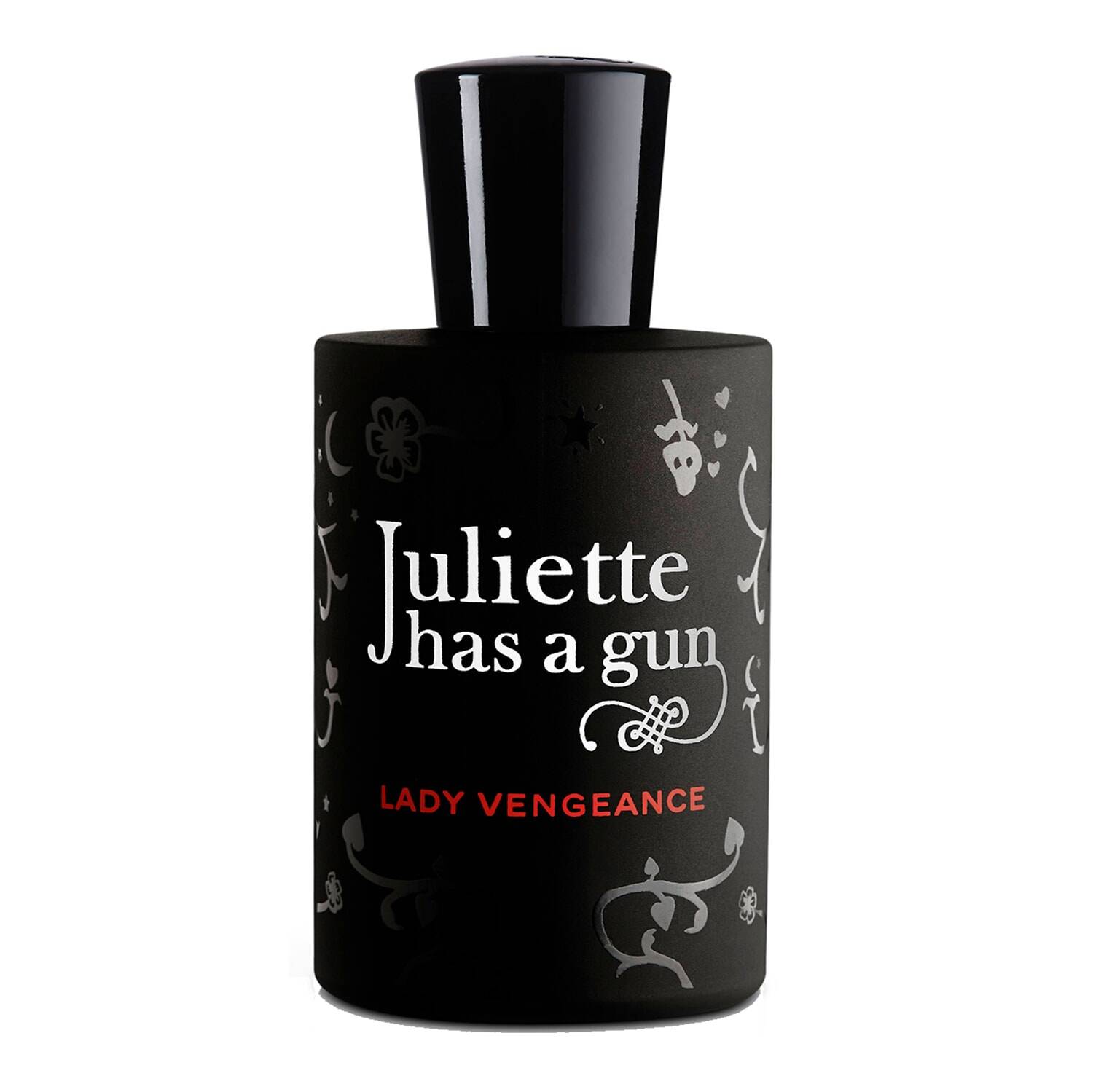
Crafted by Francis Kurkdjian, this powdery rose scent is so sultry that it leans gothic. With notes of lavender, Bulgarian rose, Moroccan rose, and Iso E Super, this thoroughly modern take on the chypre structure is likely to be unlike anything else in your collection.
Celebrity news, beauty, fashion advice, and fascinating features, delivered straight to your inbox!
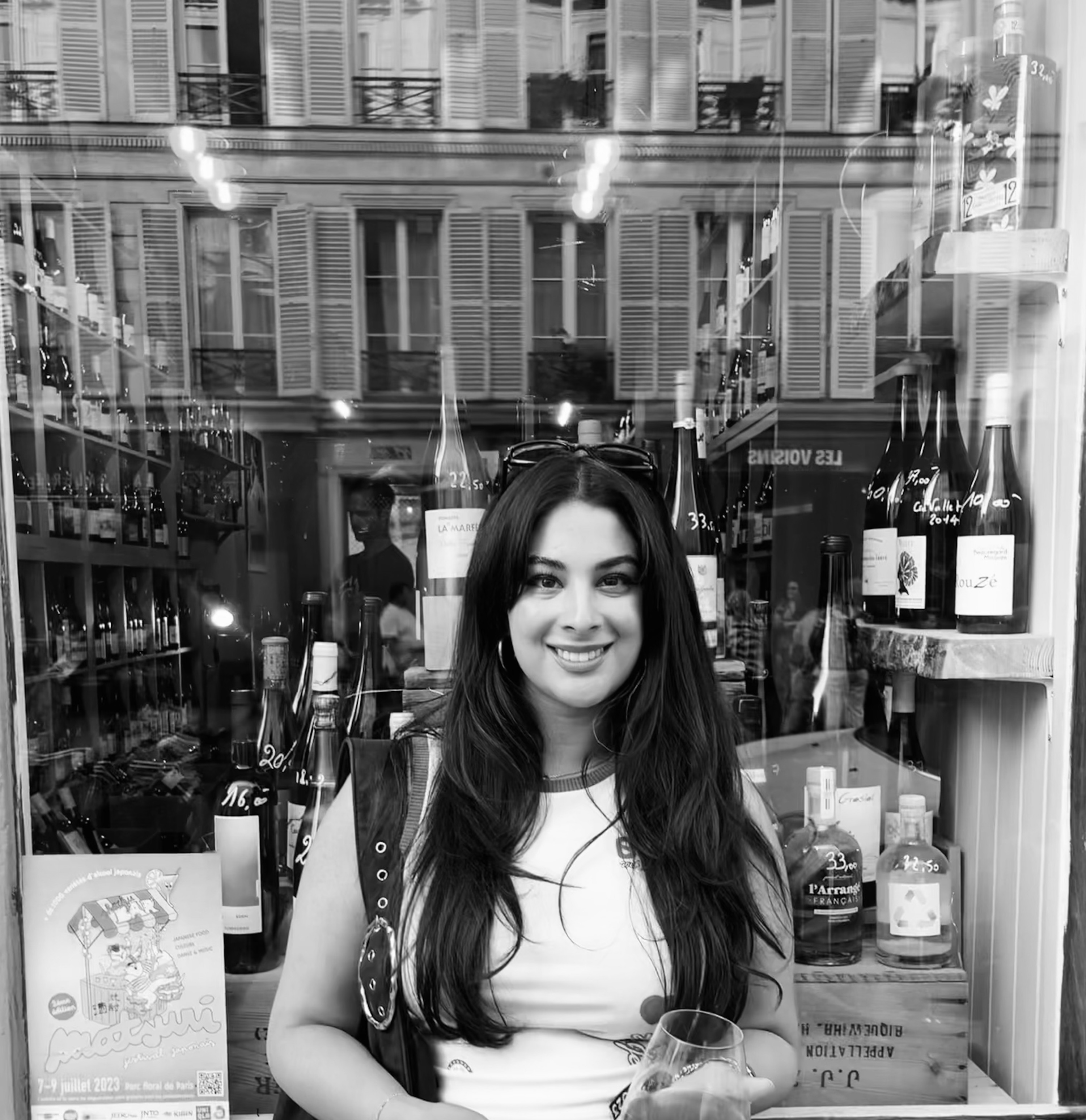
Nessa Humayun is the Beauty Editor at Marie Claire UK. With over eight years of editorial experience across lifestyle sectors, Nessa was previously the Editorial Lead of HUNGER Magazine, and has bylines in British Vogue, Dazed, and Cosmopolitan. A self-confessed human guinea pig, Nessa covers everything from product must-haves to long-reads about the industry writ large. Her beauty ethos is all about using products that work hard, so you don't have to.
